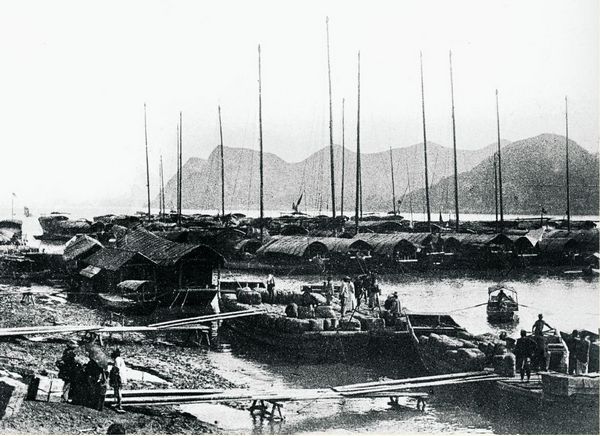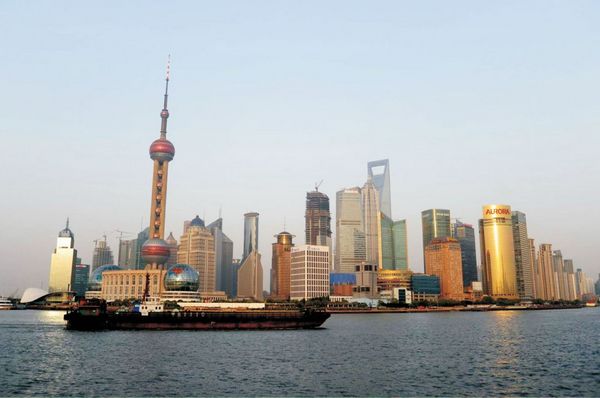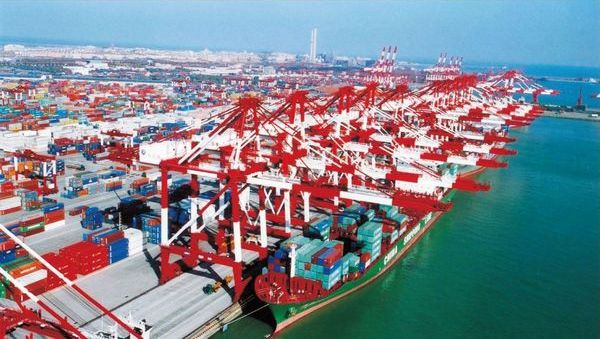Online photo exhibition of China in Development (1911-2011)
(CPC Encyclopedia)
Updated: 2011-09-16 16:52
Part Two: Development of commercial harbors
By the end of 2010, China had 413 ports in total. Of these, 22 are hundred-million-ton coastal ports, the largest number of hundred-million-ton ports in the world. In the coastal ports of Shanghai, Ningbo-Zhoushan, Qinhuangdao, Dalian, Shenzhen, Guangzhou, Tianjin and Qingdao, their total handling capacities per year had surpassed 200 million tons and some of them have even reached 500 million tons.
The Port of Yichang, Hubei Province in the early 20th Century. [Photo/All-China Federation of Returned Overseas Chinese and China Intercontinental Press]
The Port of Hong Kong is one of the largest ports in the world with a handling capacity of more than 100 million tons. [Photo/All-China Federation of Returned Overseas Chinese and China Intercontinental Press]
The present day Port of Lianyungang in Jiangsu Province. [Photo/All-China Federation of Returned Overseas Chinese and China Intercontinental Press]
Located in the delta of the Yangtze River, the Port of Shanghai is in the middle of the Chinese mainland's 18,000 m long coastline and connects the Yangtze River to the sea. It is a main coastal hub port and an important port for opening up and participating in the international economy. [Photo/All-China Federation of Returned Overseas Chinese and China Intercontinental Press]
The Port of Guangzhou is an important hub of national transportation and a crucial port in South China for international trade. It was an important port of foreign trade more than 2,000 years ago and was one of the starting points of the Maritime Silk Road in the past. In the Tang (618-907) and Song (960-1279) dynasties, Guangzhou's International Path on the Sea was the largest ocean route in the world. [Photo/All-China Federation of Returned Overseas Chinese and China Intercontinental Press]

Top News
Xi emphasizes adherence to CPC Congress spirit
Top legislator urges implementation of congress spirit
Moderately prosperous China brings chances to world
Video












